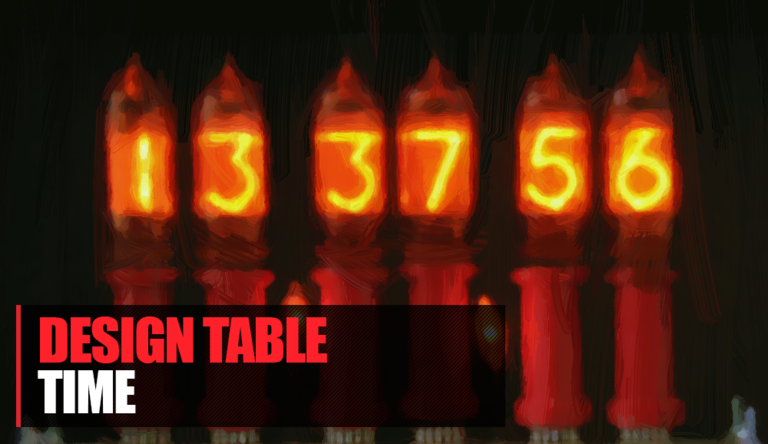
Our goal as designers is to create experiences and experiences are easily spoiled. Especially if they are too short or too long. I previously mentioned my philosophy on this using the Swedish term "Lagom" (see Design Table 5), which is a term describing something that is just about right and perfect.
It’s about controlling the aspects of the tempo of the game where setting a time limit can make the gameplay more exiting. Much of the success of the horror genre is everything about the right timing of jump scares. It is meticulously orchestrated by a string of sound effects and music leading the build-up towards the crescendo that ultimately delivers the scare the players expect.
We received several intriguing questions about game genres. If horror games seem like a hard genre, there is no harder genre than comedy in my view. Comedy is all about delivery and timing and puts a lot of pressure to get the perfect story build-up and gameplay activity to deliver that gut wrenching comical punch. Do you dream of making people laugh and design comedic games? Put focus on timing as your main design tool to craft fantastic experiences like South Park the Stick of Truth or a classic like Monkey Island.
What do I look at when considering the time aspect in a game design? I try to incorporate the time factor from start and frequently do reviews of the Game Design Document. I usually try to answer the age-old question of “How long should it take for the player to slay the Dragon?”
The time and timing aspect is an essential element of gameplay and so try to set an interval for each game activity when making the design. The determination of the length of gameplay activities is the biggest time obstacle to overcome. If it takes me 30 seconds to defeat my opponent, is that long enough for it to be fun and engaging. On the other hand, is an excruciating 10-hour non-stop marathon gameplay perhaps too long or just about right? What is it that determines the length of my gameplay activities and how does frustration and boredom influence those?
Thinking outside of the box is also something that will improve timing so perhaps the question should be “How long should it take for the Dragon to slay the player?”
This summarizes this week's Design Table. In the upcoming week the Design Table series takes a short break for the Holidays and we will return with a new segment on the 8th of January. If you are interested in sending questions or give us some feedback on today's piece, you can either do it via Twitter, Facebook or email and we will try to make them a part of the next series!




